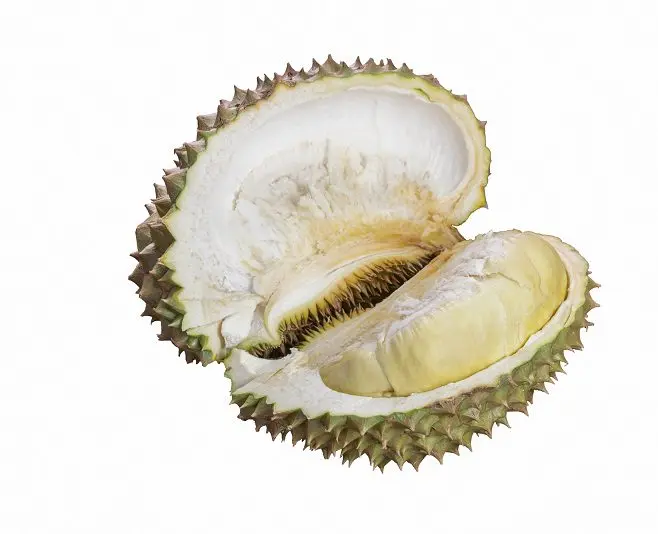For a European tourist, tuak is a strange and incomprehensible alcohol. On the one hand, it is easy to buy, many who have tried this cheap exotic alcohol willingly share their experience: there are a lot of reviews and photos on the Internet. On the other hand, tuak is a truly folk alcoholic drink that has no authorship, established cooking technology, a specific manufacturer and official history. Therefore, the information at our disposal is a little scattered, but behind each fact there is someone’s experience and impressions. It’s just that they, like the tuak itself, can be very different.
Tuak – an Indonesian alcoholic drink obtained by fermenting sugar-containing raw materials, followed by the addition of spices and other additives to enhance the taste, is also common in Malaysia. There are two types:
- Palm, ~5%;
- Rice, 5-15%.
Tuak is made at home, not industrially. The selected raw materials are subjected to fermentation, then the finished mash after filtration is drunk in its pure form or distilled, obtaining a “strong tuak”, also known as rice or palm moonshine.
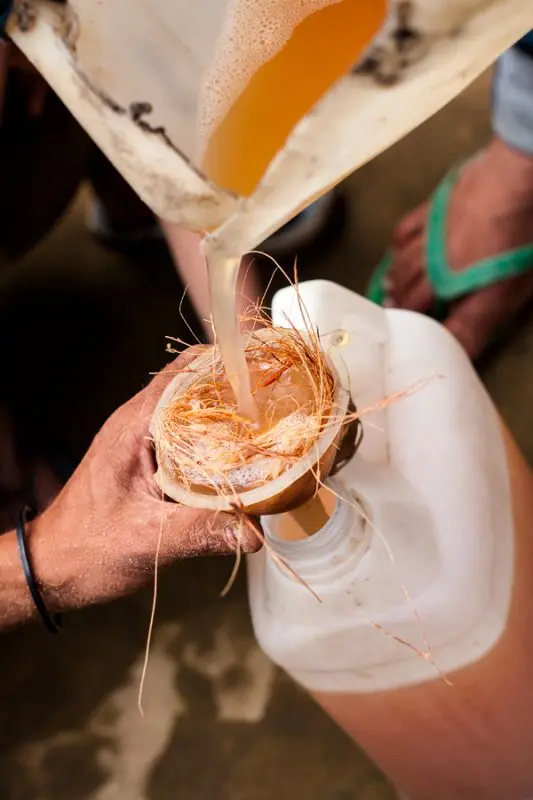
However, distillation is extremely rare, because it is too expensive for local residents, in the vast majority of cases, “distillers” are limited to filtration, so tuak is also called “wine” or “beer”, although in our understanding it is ordinary drinking mash.
Tuak has a yellow or milky whitish color, it is a sweetish and cloudy drink, very refreshing in the heat. It is interesting that there is no single production technology: in every region, even in every city or farm, it is cooked differently, adding spices, fruit essences, sugar and other ingredients to your taste.
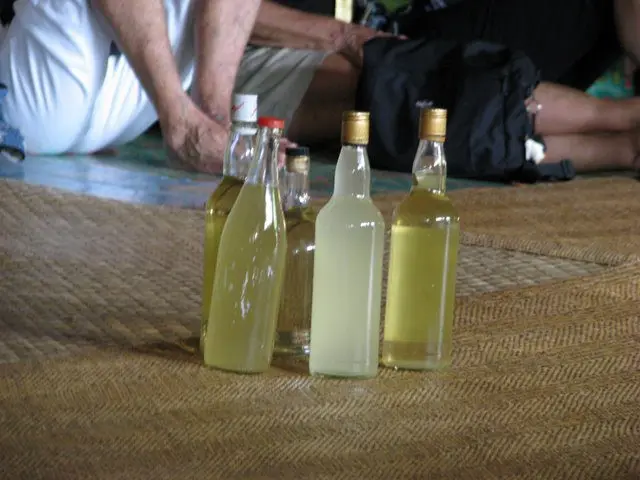
The main advantage of tuak is cheapness and availability. Expensive “brand” alcohol is not always affordable for the population of the poorest countries in the world, so palm / rice wine for a long time was literally the only alcoholic drink available.
Two traditions are associated with tuak: firstly, only women cook it, and secondly, if someone treats them to refuse to drink, it means seriously offending a person.
palm tuak
For the preparation of this type, sugar palm juice is used, fermented with wild yeast in the heat. Such “palm beer” can become a raw material for arak (strong tuak) – moonshine with a strength of 20-35%, which is brewed in clay vats and drunk with honey and spices. A recipe is also possible in which coconut milk is added at the fermentation stage, and a piece of Raru tree is placed in the mass so that the drink acquires a spicy bitterness.
The islanders believe that only an honest person can cook tuak: a liar and a sly one will make it too bitter.
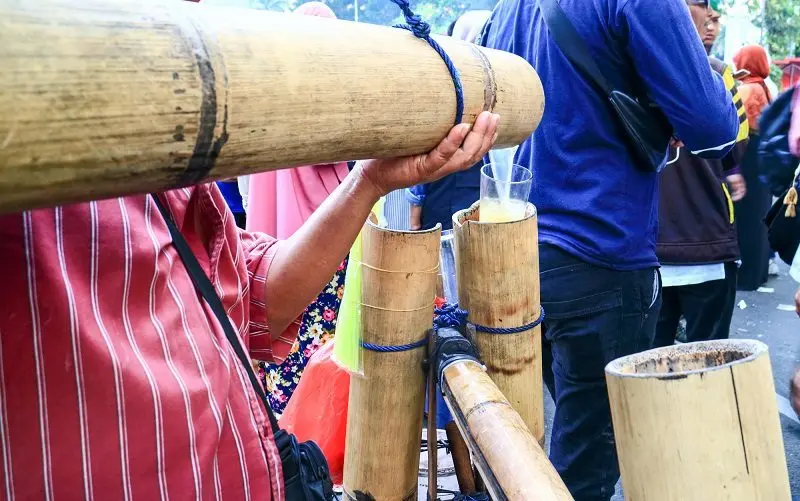
Rice tuak
The production requires rice with a high gluten content. First, the raw materials are boiled, then yeast is added. The container with the workpiece is tightly closed and left for 2-7 days. Sugar syrup is added to the slightly fermented mass and kept for about a month. Finally, the drink is filtered, given the desired taste with spices and spices, and bottled.
Sometimes you come across a “fake” tuak made from coconut, rice wine and soda. Since alcohol is not a name protected by origin, and the norms for its production are not regulated anywhere, it is impossible to seriously talk about “fake”, but still the recipe for such a tuak is not considered “classic”.
How to drink tuac
Tuak is an important part of Indonesian and Malaysian culture. It is drunk at ritual ceremonies, festive feasts, in everyday life. You can buy this national alcohol in the countries of production anywhere, from a respectable bar in the city center to the first shack in any village.
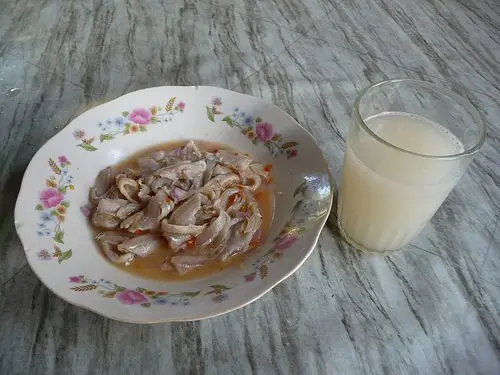
Traditionally, tuak is drunk from flat wooden bowls, but in casual settings that do not require etiquette, Malaysian men can be seen pouring rice alcohol from plastic canisters or unlabeled green glass bottles.
Tuak is good to eat with the exotic fruit durian, which is said to be divinely delicious, but devilishly smelly, and the drink also goes well with other tropical fruits.
